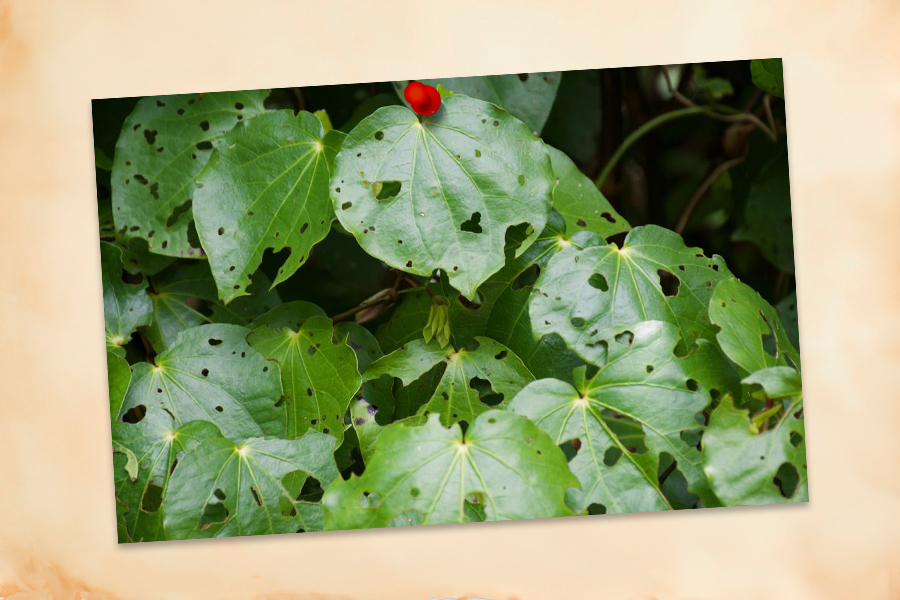Picture three islands, nice and green, plenty of animals.
Now take away all the land mammals (no, leave the bats) and re-forest just about every bit of land. What do you get?

That’s what Aotearoa New Zealand was like before the first humans arrived about 800 years ago. The birdsong must have been incredible!
Living without mammal predators was bird heaven, but when Polynesian hunter-settlers arrived with their dogs and rats and fire it was a disaster, especially for bird species that hadn’t put a lot of evolutionary energy into becoming ace fliers or building out-of-reach nests (it had never been dangerous on the ground before so why would they bother?).
Things only got worse when the Europeans came. For plants, too, because the possums and deer and goats and pigs they brought had a feast on all the yummy shoots and leaves. And huge chunks of forest were cleared to make farms.
Humans are really good at putting animals in the wrong places. Then again, if we set our minds to it we’re also quite good at backtracking on our mistakes. One of my favourite books – Old Blue by Mary Taylor – is about a conservationist called Don Merton who helped a real animal heroine, a female black robin, save literally the last of her kind from extinction. Black robins came so close to disappearing FOREVER. Old Blue’s story brings a lump to my throat every time I read it.

In Ride North, Kiri hunts possums because they strip the trees of all their leaves and eat birds’ eggs, chicks and insects. It’s not their fault, they’re just being possums. But letting them go on just being possums would mean game over for even more of the bird and plant species found only in Aotearoa. That can’t happen. No way.





